Winter Is Coming — Last Year’s Deep Freeze Turned Teslas Into “Ice Statues.” Americans Need to Know This
Early last year, extreme cold across the U.S. virtually paralyzed electric vehicle traffic, turning charging station parking lots into graveyards of frozen cars.

Early last year, a brutal cold wave swept across the U.S., freezing electric cars in place and transforming charging station lots into what local media called “piles of dead robots.” The situation hit hardest in northern Illinois, where temperatures around Chicago plunged to –9°F (–23°C). Tesla owners, unable to start their cars after the batteries completely drained, had no choice but to abandon them in parking lots. Tesla representatives declined to comment, leaving drivers to deal with the problem on their own.
The reason for the mass failures is simple: lithium batteries are extremely sensitive to cold. At low temperatures, their capacity and charging ability drop dramatically, slashing driving range. As a result, long lines formed at charging stations on freezing days — and those who couldn’t plug in were left stranded. Auto experts warn that fast charging in such conditions can make things even worse, further damaging the battery and rendering it temporarily unusable. The safer option is slow charging, which allows the battery to recover gradually without excessive stress.
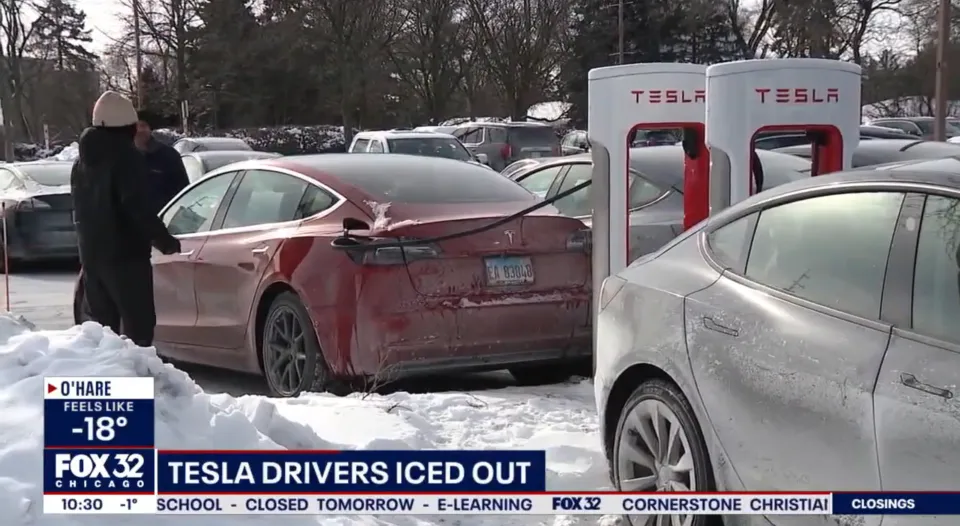
Interestingly, EV owners in some colder states have reported different experiences. They note that when parked overnight in –13°F (–25°C), range loss is minimal, and the cabin actually warms up faster than in many gas-powered cars. Still, the main problem remains — winter range is typically cut in half compared to the manufacturer’s claimed figures. A car capable of traveling 370 miles (600 km) in summer might only manage around 185 miles (300 km) in extreme cold.
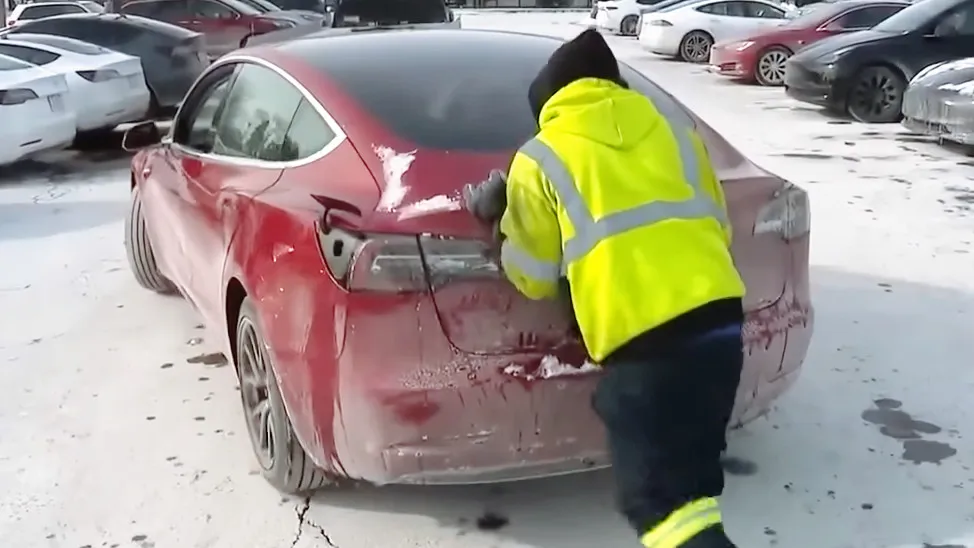
Despite these challenges, EVs continue to grow in popularity. In 2023, one out of every five cars sold worldwide was electric, with total sales reaching 14 million units. Many buyers see EVs as a cleaner, more sustainable option. Yet, recent studies from Germany and Sweden suggest the environmental picture isn’t so straightforward. Producing an electric car and its battery emits around 24 metric tons of CO₂ — compared to about 14 tons for a conventional vehicle. Over 125,000 miles (200,000 km) of driving, a gasoline car emits roughly 40 tons of CO₂, while an EV produces about 23 tons if charged from a mixed energy grid — and as little as half a ton if powered entirely by renewables.
So yes, electric cars can significantly improve urban air quality, but they’re not a silver bullet against climate change. Moreover, the global shift toward electrification could soon lead to a lithium shortage — the critical ingredient in EV batteries. Experts warn that by 2025, demand for lithium may exceed supply, posing serious challenges for the industry.
You may also be interested in the news:

If Zodiac Signs Were Cars: The All-Wheel-Drive Horoscope That’ll Take You Places
Or: Why This Horoscope Smells Like Gasoline, Personality, and a Little Bit of Therapy
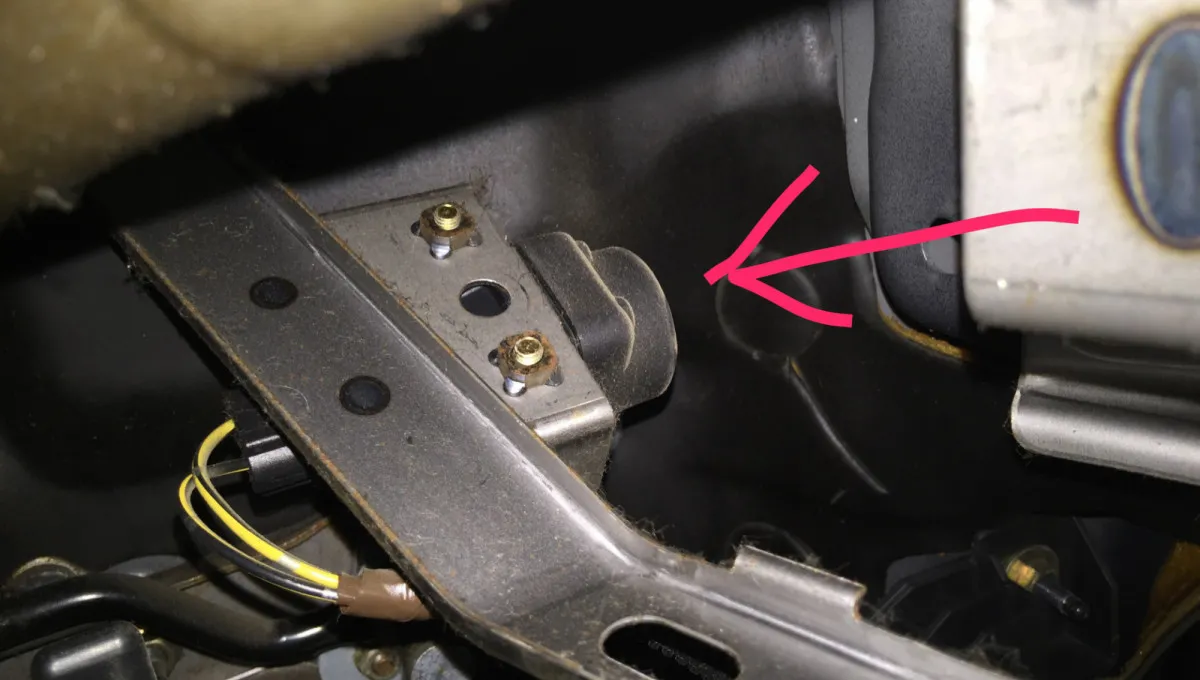
Mystery Button Hidden Under Most Car Dashboards — And Why So Many Drivers Don’t Know It Exists
Modern cars are packed with features and buttons whose purpose can be surprisingly hard to guess.
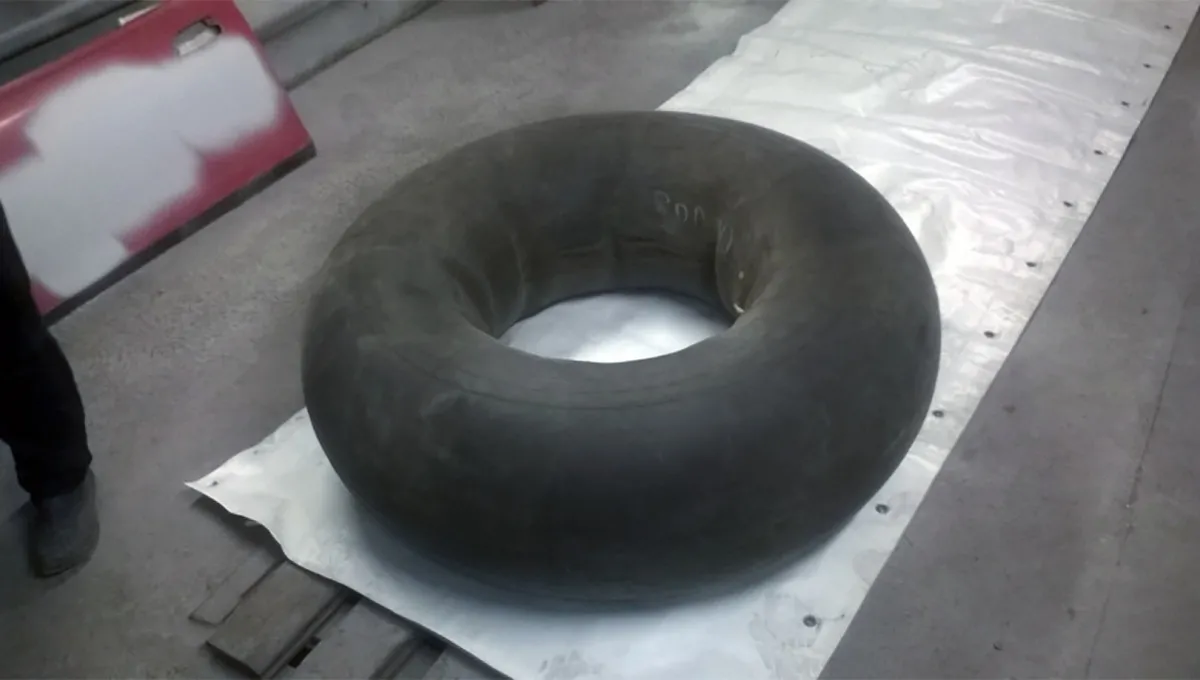
Why Automakers Ditched Inner Tubes for Tubeless Tires: Surprising History and Details
How tubeless tires reshaped road safety and comfort — unexpected facts revealed.

Shine and Glamour of Retro: Al Capone’s Legendary Cadillac
From the very beginning, Cadillac cars have been seen as a symbol of luxury.
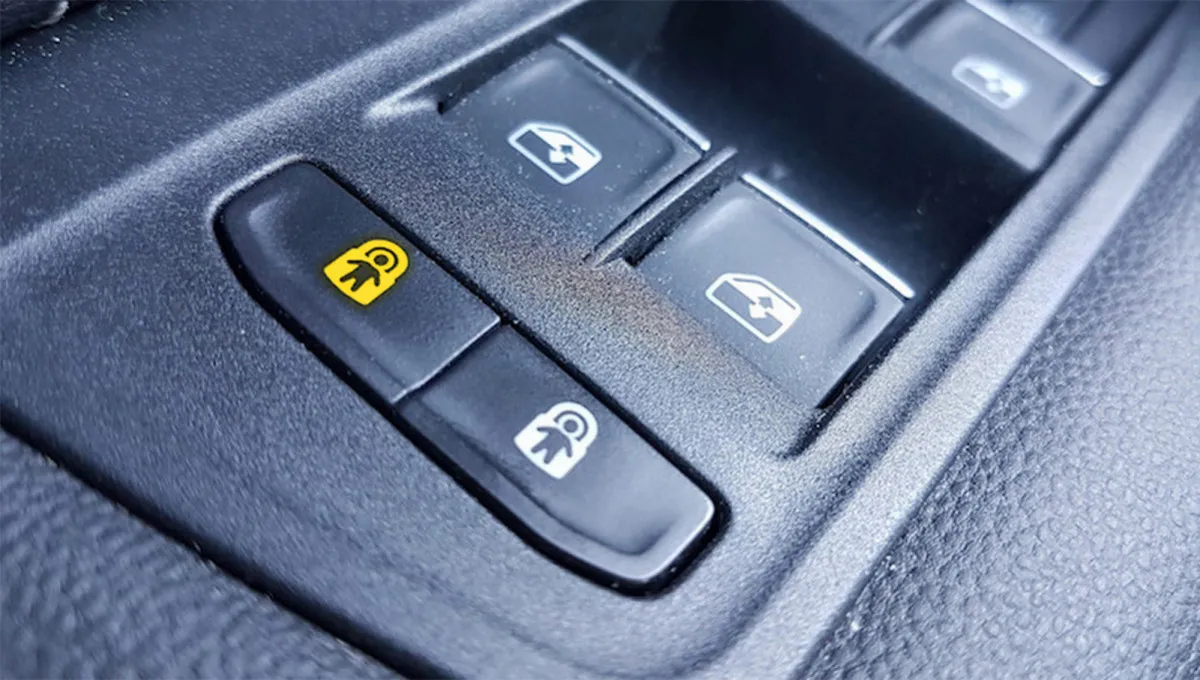
Astronaut Button: What This Mysterious Car Feature Actually Does
Some functions in a modern car make sense only after digging into the owner’s manual — and this little button is a perfect example.